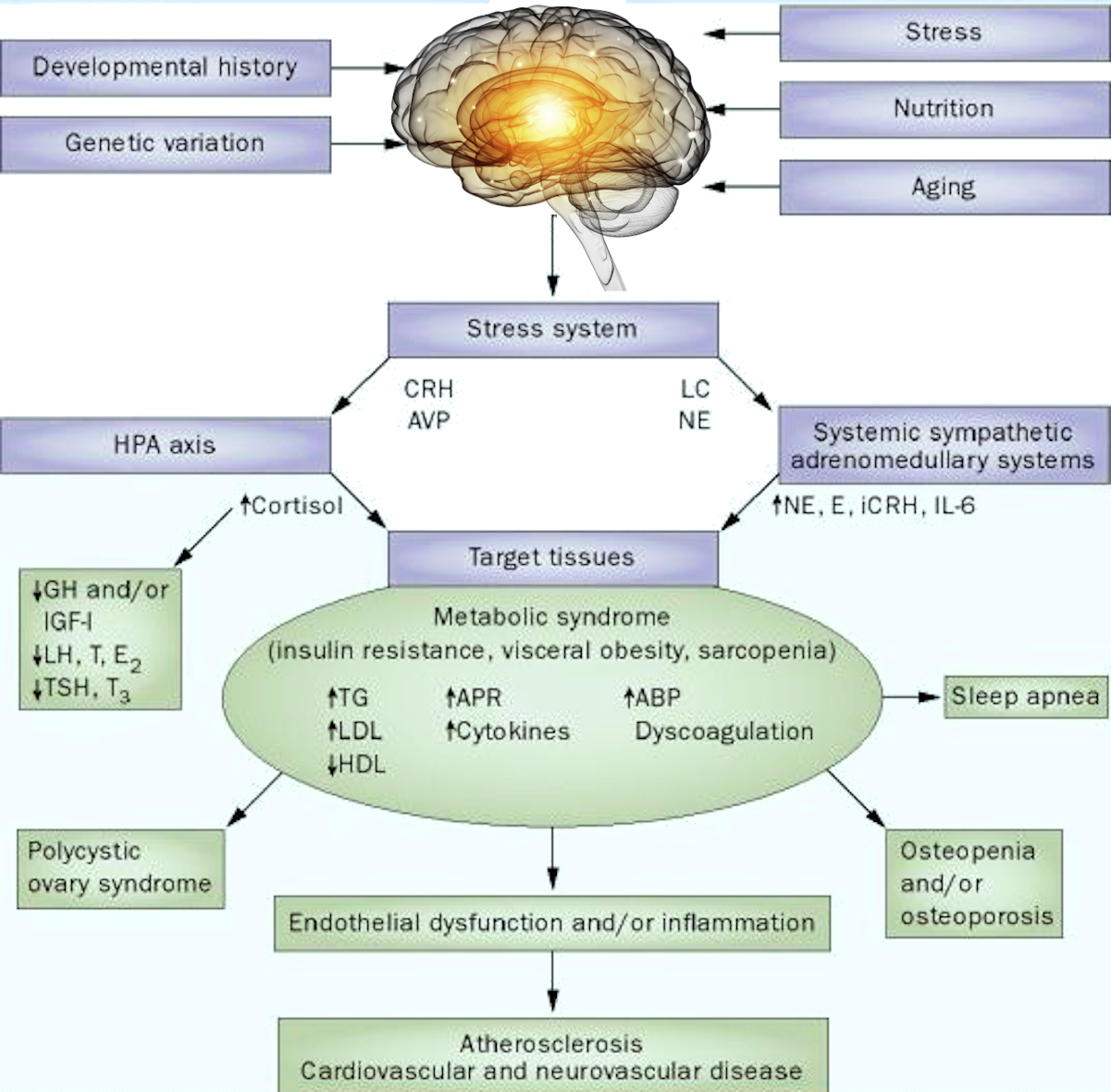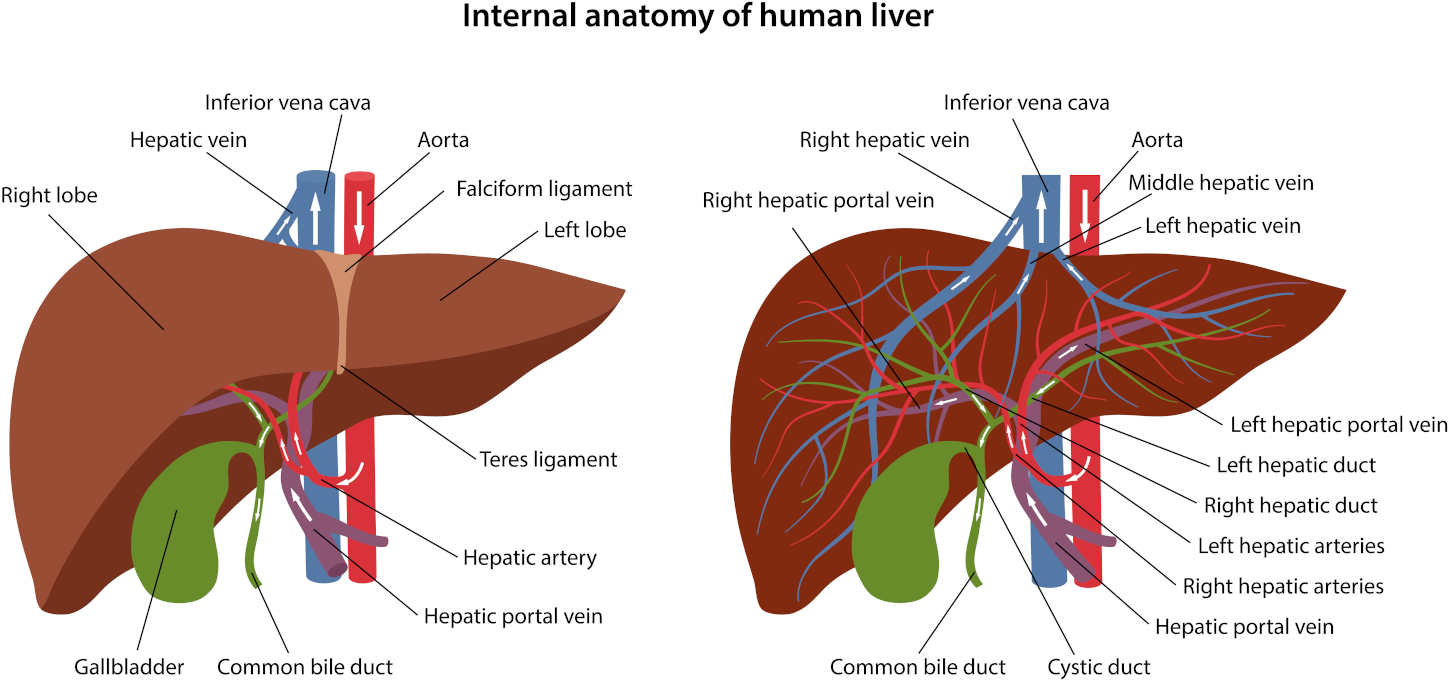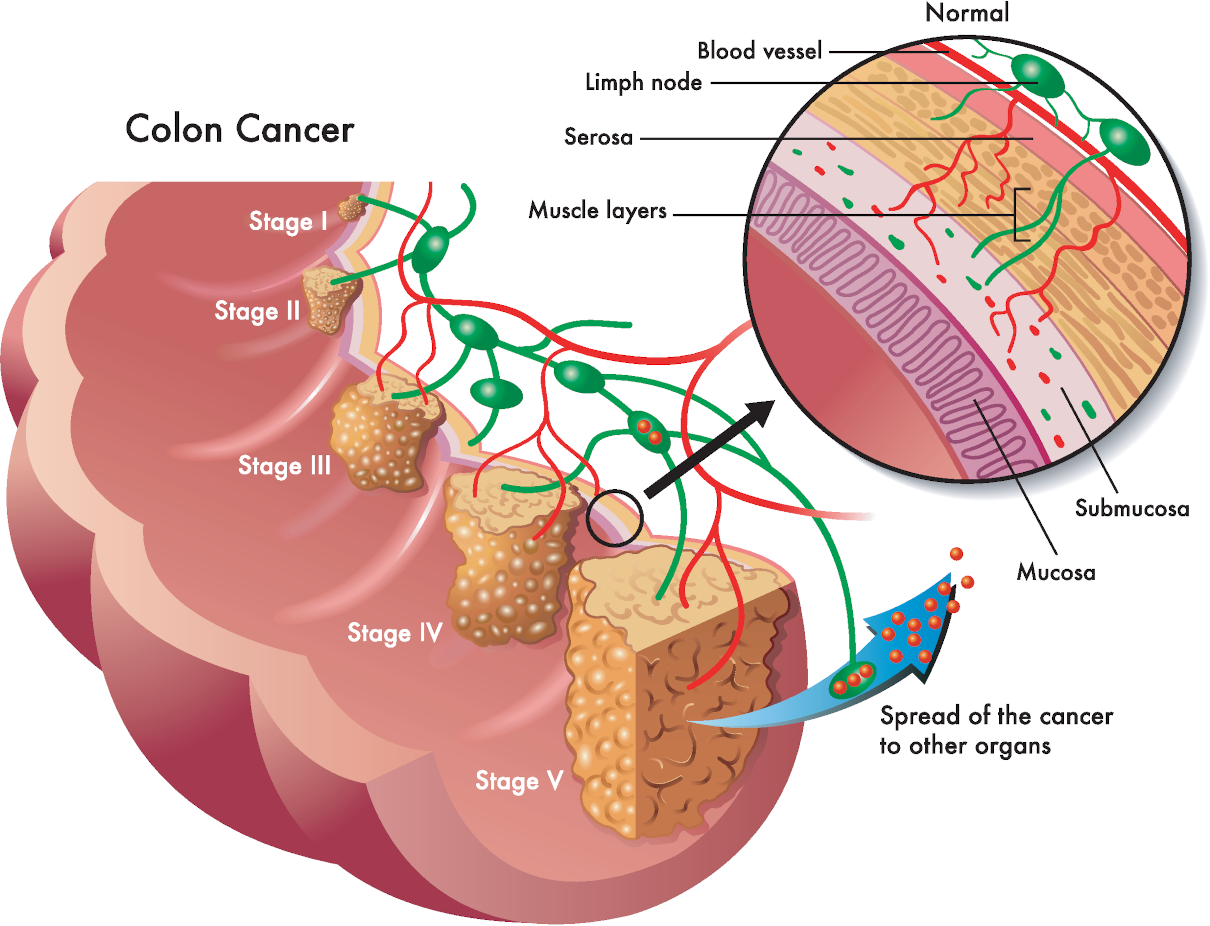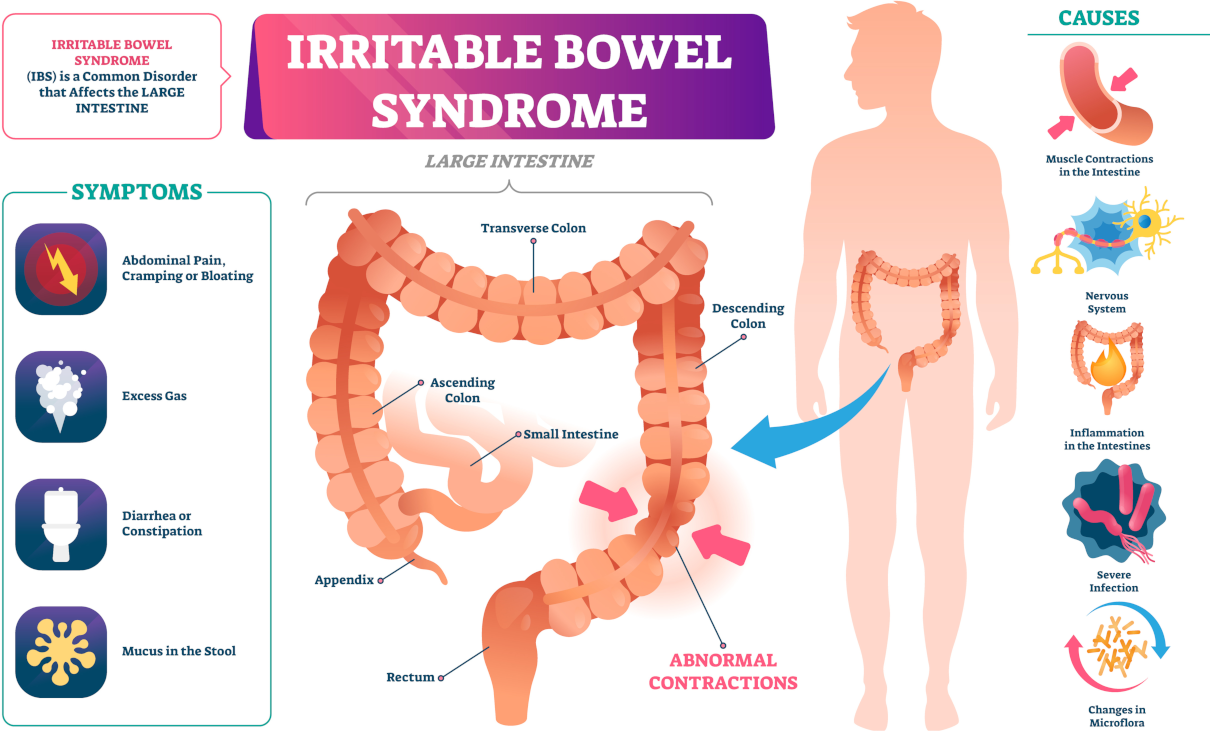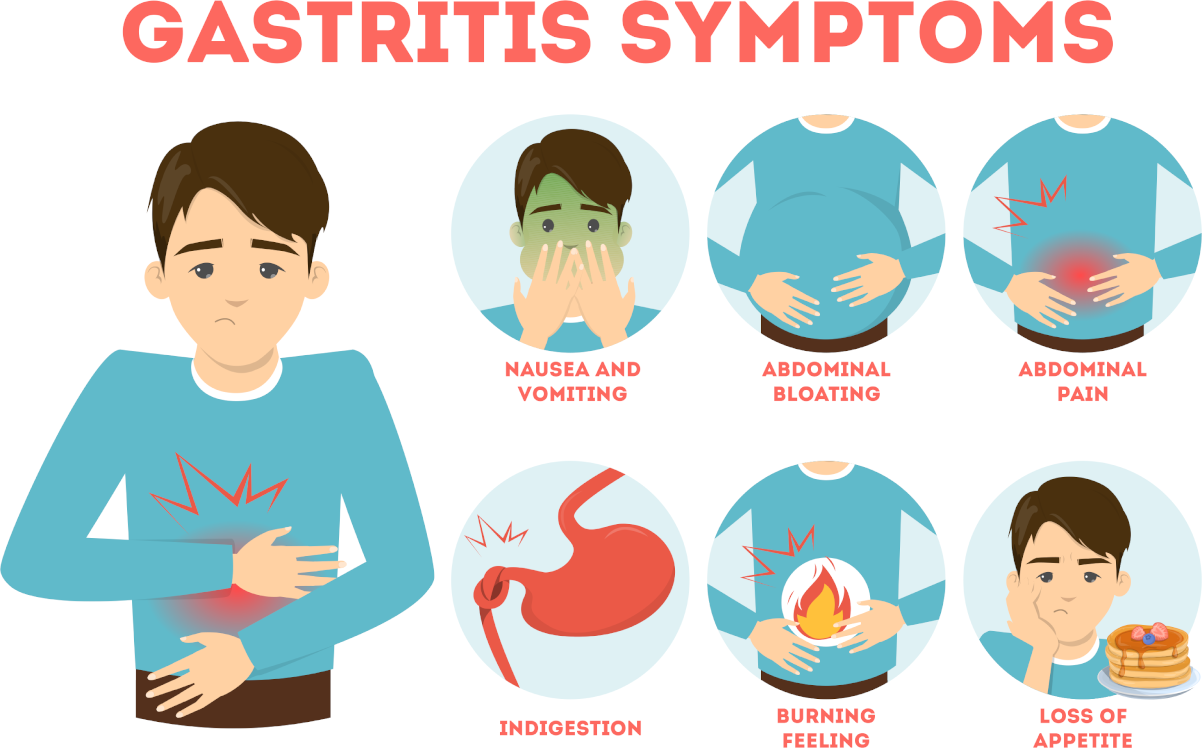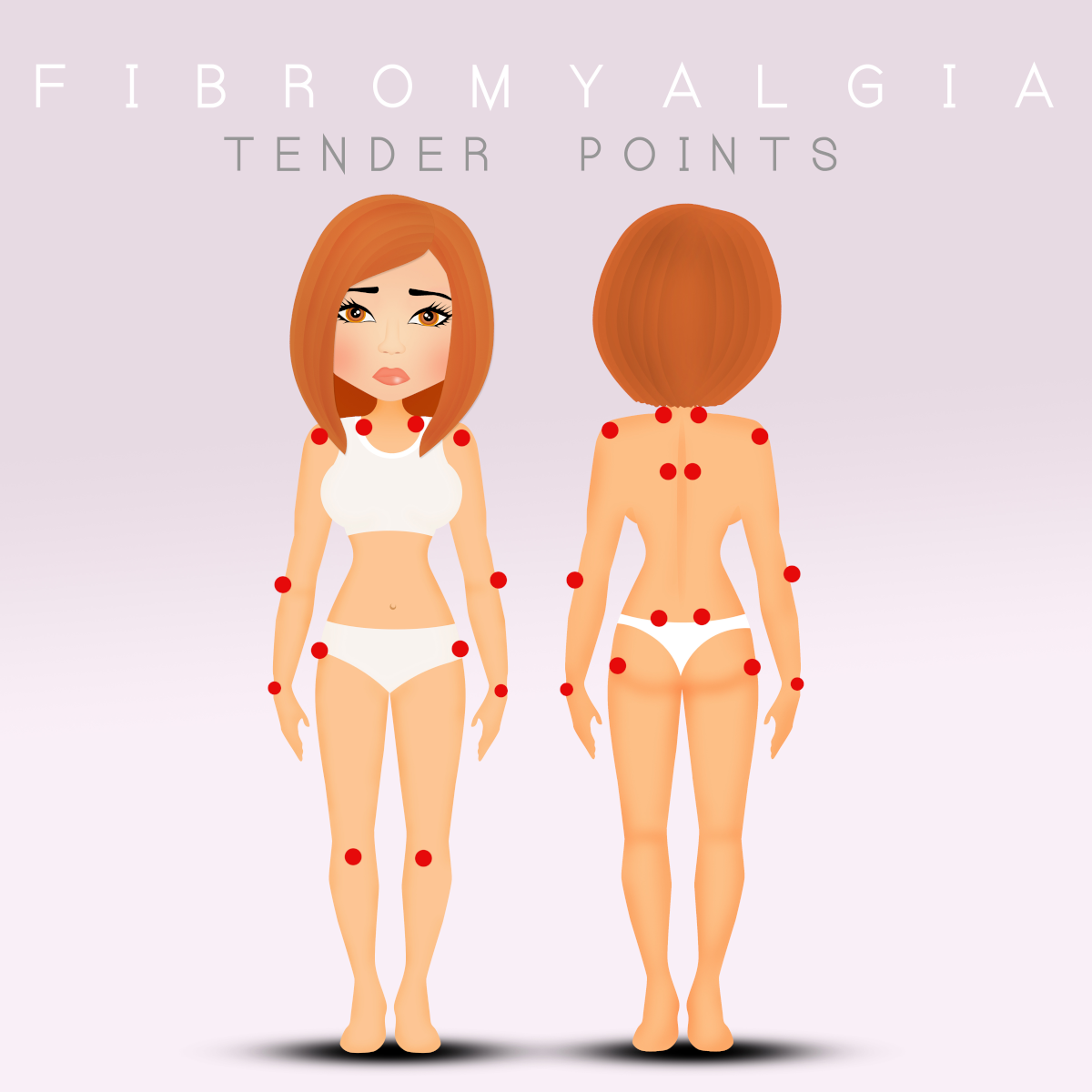
Fibromyalgia syndrome (FMS) is a rheumatic disorder characterised by chronic, achy muscles with no apparent physical cause. It most commonly affects the lower back, neck, shoulders, back of the head, upper chest, and thighs, although any body area may be involved. The pain may be burning, throbbing, shooting, or stabbing, and it is often more significant in the morning than at other times.
Chronic headaches, strange sensations in the skin, insomnia, irritable bowel syndrome, and temporomandibular joint syndrome (TMJ) may also accompany FMS. FMS sufferers’ other symptoms include premenstrual tension, irritable bladder, skin sensitivities, dry eyes and mouth, a need for frequent changes in eyeglass prescription, dizziness, and impaired coordination. Activities such as lifting and climbing stairs are often challenging and painful.
Besides, depression often accompanies this disorder. Moreover, stress may trigger problems like cardiovascular disease and adrenal gland disorders. Because the immune system typically suffers from this disorder, opportunistic viral and bacterial infections are common.

Mini Detox PLUS – 3 colonics, minerals, herbal & probiotic implants
The ideal pattern of colonic treatments includes three alkalising colon hydrotherapy treatments with sodium bicarbonate, one anti-parasitic implant on the first treatment, one liver and gall bladder stimulating herbal implant on the second treatment, and a high-strength probiotic implant on the third colonic.
Points
FMS’s most distinctive feature, which differentiates it from similar conditions, is the existence of certain tender spots – eighteen specific spots where the muscles are abnormally sore to the touch. These points tend to cluster around the neck, shoulders, chest, knees, elbow region, and hips and include the following:
- Around the lower vertebra of the neck;
- At the insertion of the second rib;
- Around the upper part of the thigh bone;
- In the middle of the knee joint;
- Muscles connected to the base of the skull;
- In the muscles of the neck and upper back;
- In the muscles of the mid back;
- On the side of the elbow;
- In the upper and outer muscles of the buttocks.
That is to say, over five million people suffer from FMS in the United States. However, the number of cases is probably much higher, as medics often misdiagnose this condition. FMS manifests similarly to chronic fatigue syndrome, chemical sensitivities, and rheumatoid arthritis. As a result, it usually takes a long time to make a proper diagnosis.

Food intolerance test of 208 ingredients
This is our most comprehensive food and drink test. It analyses your client’s IgG antibody reactions to 208 food and drink ingredients. This test will highlight their food triggers and help you formulate an IgG-guided elimination diet together.
Disorders associated with fibromyalgia syndrome
Most FMS people also have sleep disorders such as sleep apnea, restless leg syndrome, bruxism (grinding teeth), and sleep myoclonus (a sudden rapid contraction of muscle, or a group of muscles, during sleep or as one falls asleep). Surprisingly, people with FMS often suffer from chronic fatigue ranging from mild to disabling. Other disorders common to sufferers of FMS include:
- Chemical and food allergies
- Dizziness and loss of balance
- Extreme fatigue
- Headaches
- Irritable bowel syndrome (diarrhoea and constipation, often alternating)
- Jaw pain
- Memory loss, as well as difficulty concentrating
- Menstrual pain
- Sensitivity to bright lights and loud noises
- Sensitivity to dairy products
- Skin sensitivities
- Stiffness in the morning and, often, when walking
Causes of fibromyalgia syndrome
FMS is much more common in females than males and often begins in young adulthood. In most cases, symptoms come on gradually and slowly increase in intensity. Besides, many factors can trigger (or make worse) them. Those, in turn, include overexertion, stress, lack of exercise, anxiety, depression, lack of sleep, grief, trauma, extremes of temperature and humidity, and infectious illness.
In most cases, symptoms are severe enough to interfere with daily activities. Moreover, the condition disables a significant number of people with fibromyalgia syndrome. Some cases clear up on their own. Others become chronic. Some go through cycles of flare-ups alternating with periods of apparent remission. In other words, we don’t know the cause or causes of FMS. Furthermore, there are no tests that can diagnose it with complete certainty.

Expert Liposculpting Lipomassage for men
Expert Liposculpting Lipomassage treats adipose tissue at its core. Besides, it resculpts the upper body when applied to such patient-specific problem areas as the torso, pectorals, abdominal muscles and back. Lipomassage by LPG Endermologie session lasts thirty-five minutes.
Misdiagnosed fibromyalgia syndrome
Some evidence points to a problem with the immune system; specific immunological abnormalities are common among FMS people. Other possible causes include infection with the Epstein-Barr virus (glandular fever), Candida albicans, chronic mercury poisoning from amalgam fillings, anaemia, and parasites. Hypoglycemia (low blood sugar) and hypothyroidism (low thyroid function) also count. Some experts believe that FMS may be related to chronic fatigue syndrome (CFS), which causes similar symptoms, except that muscle pain predominates over FMS fatigue. In contrast, with CFS, fatigue predominates over pain. It has happened that even medical professionals have misdiagnosed FMS as Parkinson’s disease or multiple sclerosis. Because malabsorption problems are common in people with FMS, higher than regular doses of all supplemental nutrients are needed.
Recommendations:
Eat a well-balanced diet of 50% raw foods and fresh live juices. The diet should consist mainly of vegetables, fruits, whole grains (primarily millet and brown rice), raw nuts and seeds, soy products, skinless turkey or chicken, and oily fish. These quality foods supply nutrients that renew energy and build immunity.
Include pomegranates and pomegranate juice in your diet. However, some commercial brands have high sugar! Pomegranates have anti-inflammatory and antioxidant properties.
Moreover, eat four or five small meals daily to maintain a steady supply of protein and carbohydrates for proper muscle function. If the body does not have enough fuel for energy, it will rob the essential nutrients from muscles, causing muscle wasting and pain.
Drink plenty of liquids to help flush out toxins. The best choices are bottled or filtered water, herbal teas, and fresh vegetable juices, which supply the necessary vitamins and minerals.

Hydrafacial – peeling and deep cleansing
An essential facial can include a combination of the following treatments: Exfoliation, deep cleanse with or without extractions, microdermabrasion, iontophoresis and ultrasound vitamin infusion and a facial massage.
Limit consumption
Furthermore, green peppers, aubergines, tomatoes, and white potatoes should be limited (sweet potatoes are acceptable). These foods contain solanine, which interferes with the muscles’ enzymes and may cause pain and discomfort.
Do not eat red meat, dairy products, or other foods high in saturated fats. Saturated fats raise cholesterol levels, interfere with circulation, promote inflammation, and increase pain. Also, avoid fried foods, processed foods, shellfish, dairy foods, and white flour products such as bread and pasta.
Do not consume any caffeine, alcohol, or sugar. Sugar in any form promotes fatigue, increases pain, and disturbs sleep. If these substances have been a regular part of the diet, symptoms may worsen for a short period due to the “withdrawal” effect.
Avoid wheat and brewer’s yeast until symptoms improve.
Maintain a programme of moderate exercise. A daily walk followed by some gentle stretching is pleasant. Start slowly and be careful not to overdo it, as this can aggravate symptoms. Remember that daily exercise is needed, not a strenuous workout twice a week. Once regular exercise becomes habitual, the symptoms will likely improve; moderate exercise and stretching help keep muscles flexible and prevent joints from stiffening up.
Be sure to give the body sufficient rest. Set aside at least eight hours of sleep each night.
Take a hot shower or bath on rising to stimulate circulation and relieve morning stiffness, or alternate between hot and cold water. Recent studies have shown cold showers to be beneficial for relieving fibromyalgia pain. For instance, warm baths help relax the muscles.
Massage therapy can help relax muscles and reduce joint stiffness.

Full body waxing with legs, back, chest, tummy, arms & underarms
Experience smooth, hair-free skin with our full-body waxing treatment in London. It includes legs, back, chest, tummy, arms, and underarms—ideal for hygiene, confidence, and a polished look.
Supplements to consider:
- Acidophilus and candida infection is common in people with fibromyalgia syndrome. Acidophilus probiotics replace “friendly” bacteria destroyed by candida (use a non-dairy formula)
- Co-enzyme Q10 (75mg daily) improves tissues’ oxygenation, enhances the immune system’s effectiveness, and protects the heart. Co-enzyme A works with co-enzyme Q10 to increase the energy supply to the cells.
- Malic acid and magnesium are involved in energy production in many body cells, including muscle cells. The human body needs those substances for sugar metabolism.
- Manganese (5mg daily, taken separately from calcium) influences the metabolic rate by interacting with the pituitary/hypothalamic/thyroid axis.
- Vitamin C (5 to 10g daily) has a powerful anti-viral effect and increases the body’s energy level. Use a buffered form.
- The antioxidant complex (with 25,000mg of vitamin A) is a potent free radical scavenger that protects the body’s cells and enhances immune function. It is best to use an emulsified form for easier assimilation.
5HTP
- 5HTP (5-hydroxy tryptophan – 50mg daily for one week, then increase to 100mg daily) enhances serotonin synthesis in the brain. Excellent for pain relief.
- Garlic (2 capsules three times daily) promotes immune function and increases energy. It also destroys common parasites, improves digestion and cleanses the blood.
- Digestive enzymes reduce inflammation and improve the absorption of foods, especially protein.
- Multivitamins and minerals with proper levels of B vitamins – all nutrients are necessary for balance.
- Chromium (200 – 400 mcg daily) helps balance blood sugar levels and prevents night sweats.
- Essential fatty acids (1g 3 times daily) protect against cell damage, reduce pain and inflammation, and reduce fatigue.
- Astragalus and Echinacea enhance immune function.
- Milk thistle protects and enhances liver function.
- Ginkgo Biloba improves circulation and brain function.
- Teas brewed from burdock root, dandelion, and red clover promote healing by cleansing the bloodstream and enhancing immune function. Combine or alternate these herbal teas and drink 4 to 6 cups daily.

One colonic irrigation session including consultation
Colon irrigation and comprehensive consultation with a professional colon hydrotherapist registered with RICTAT and ARCH at the Parkland Clinic in Holborn. We use a closed system only—London’s best colonic hydrotherapy deal.



